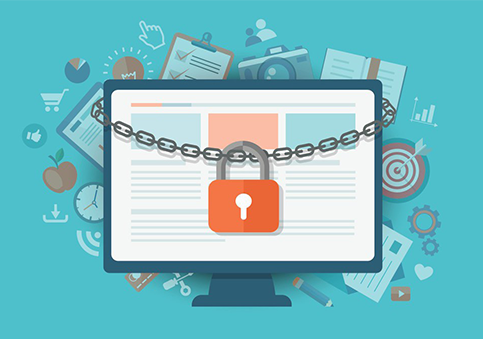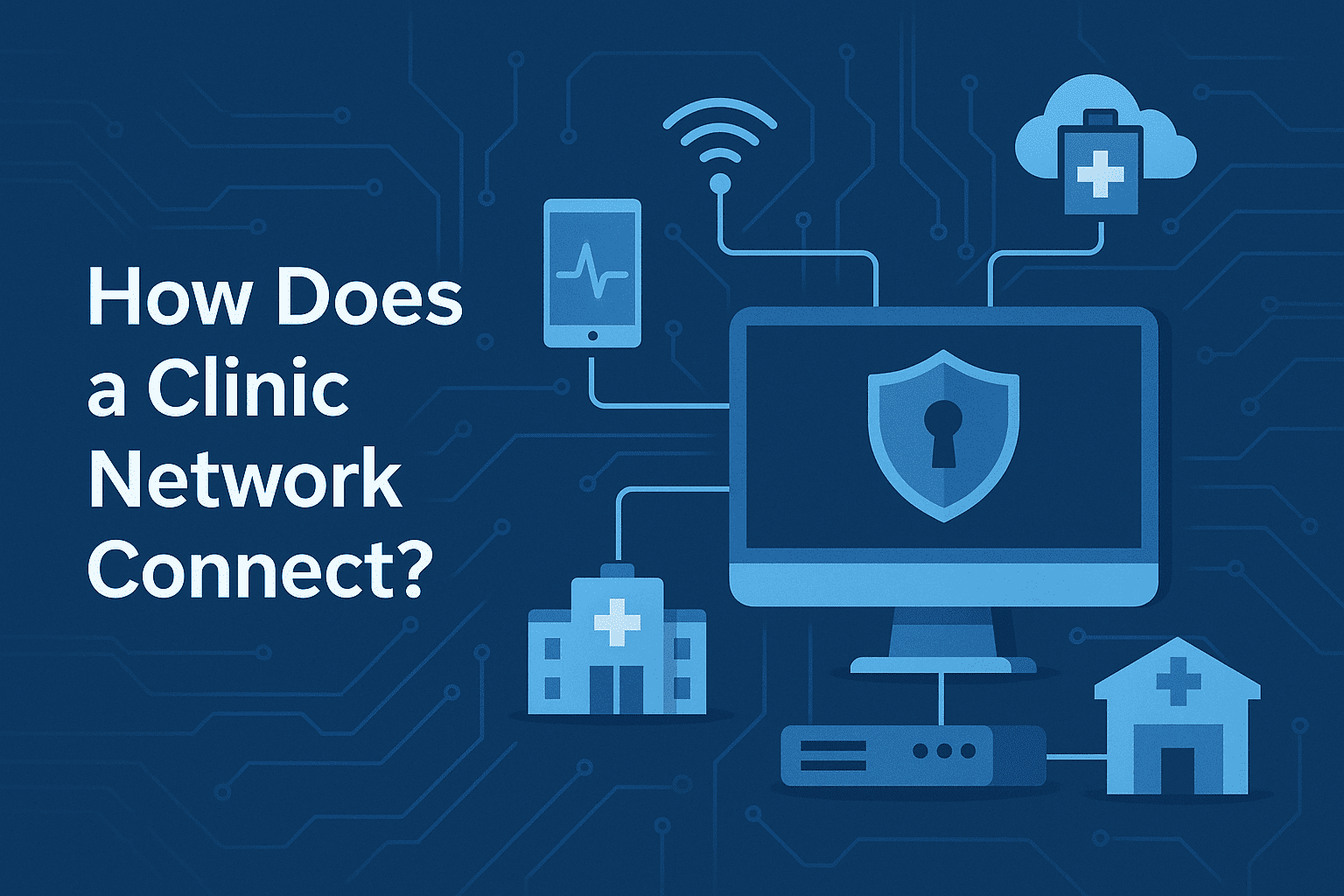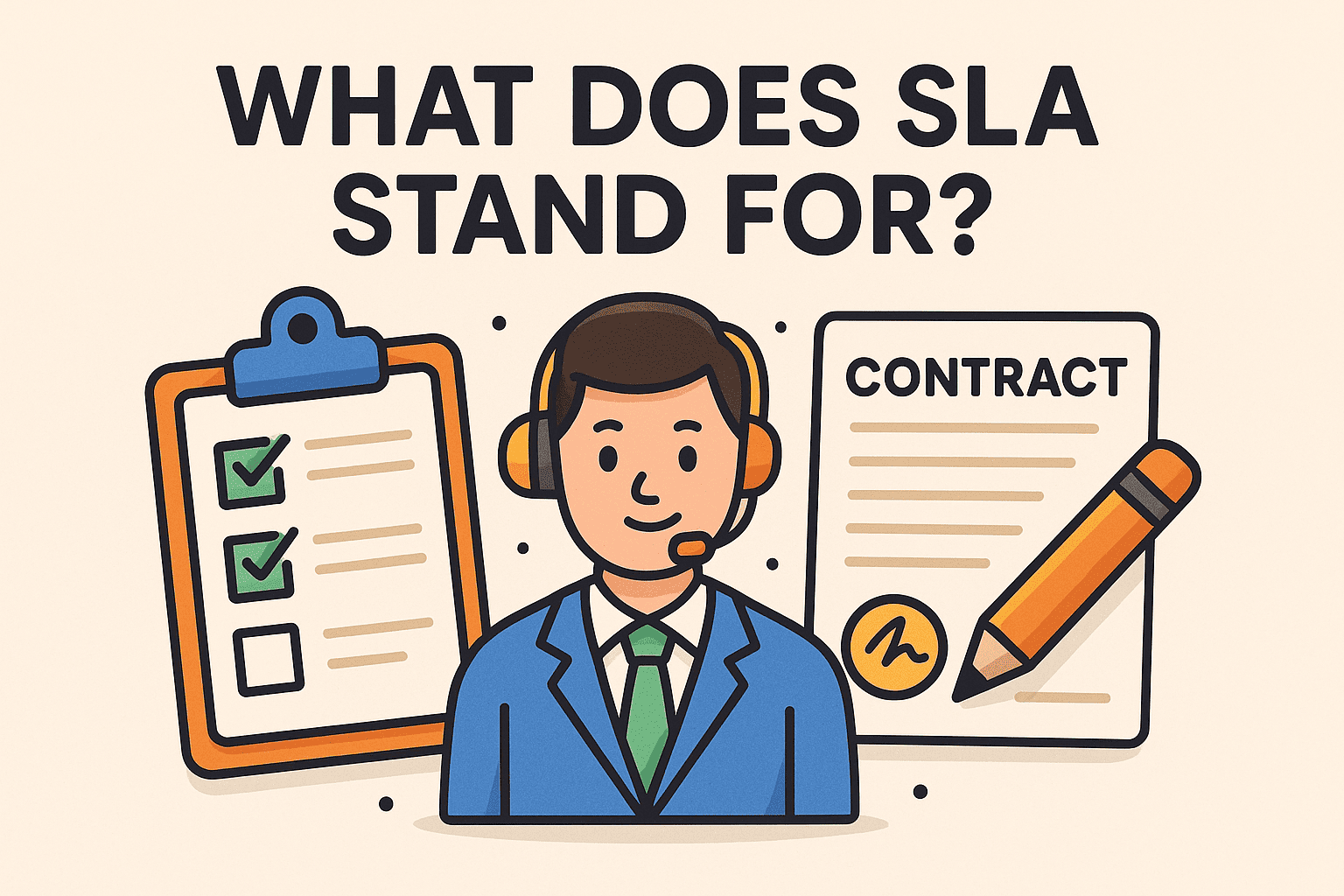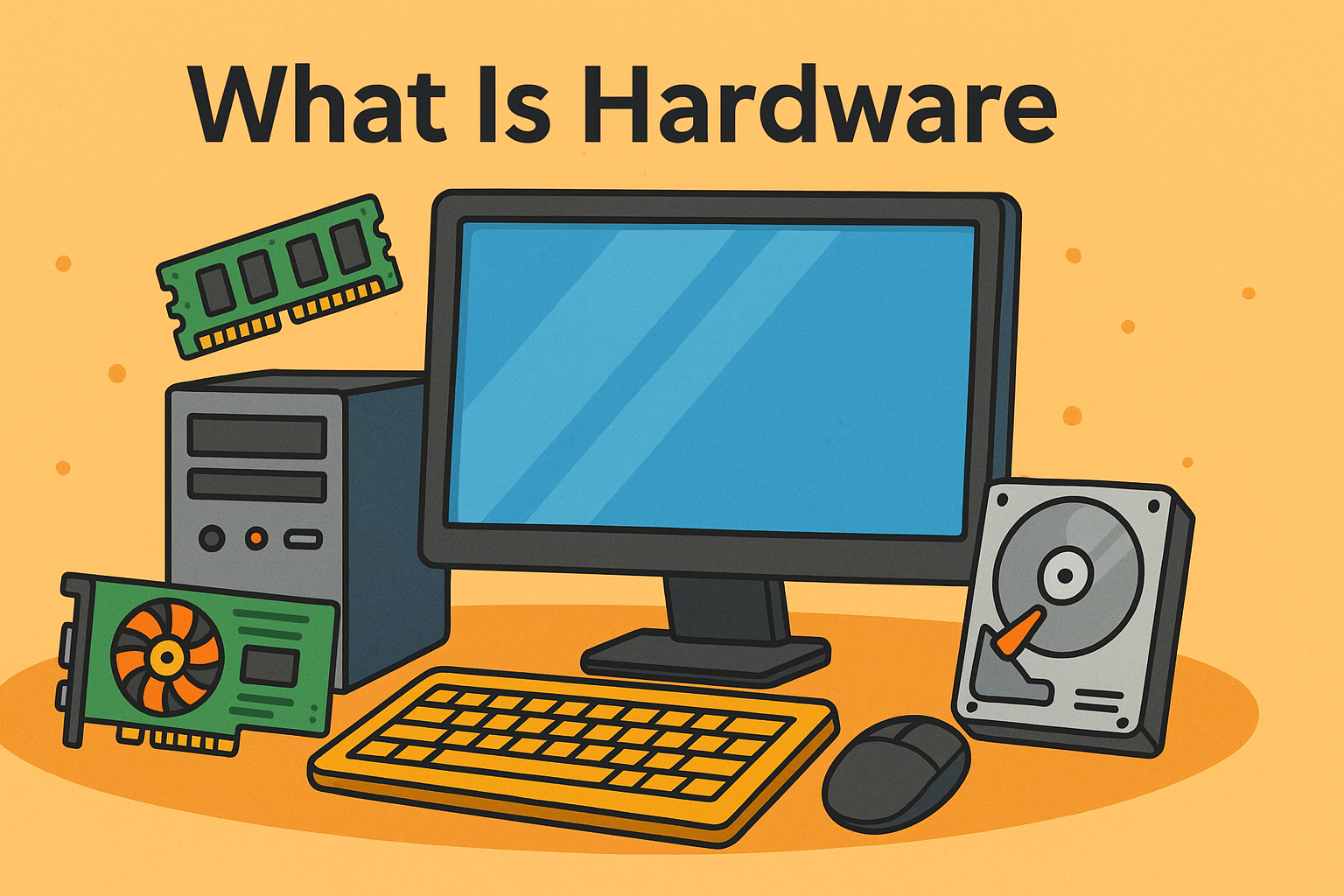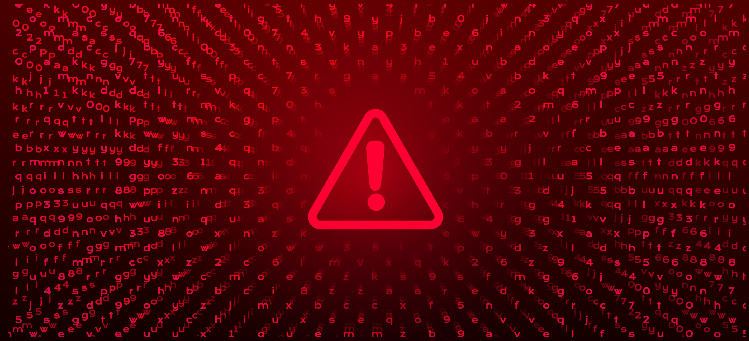What Is a Bias? Understanding Its Impact in Decision-Making and Security
Updated on August 5, 2025, by Xcitium
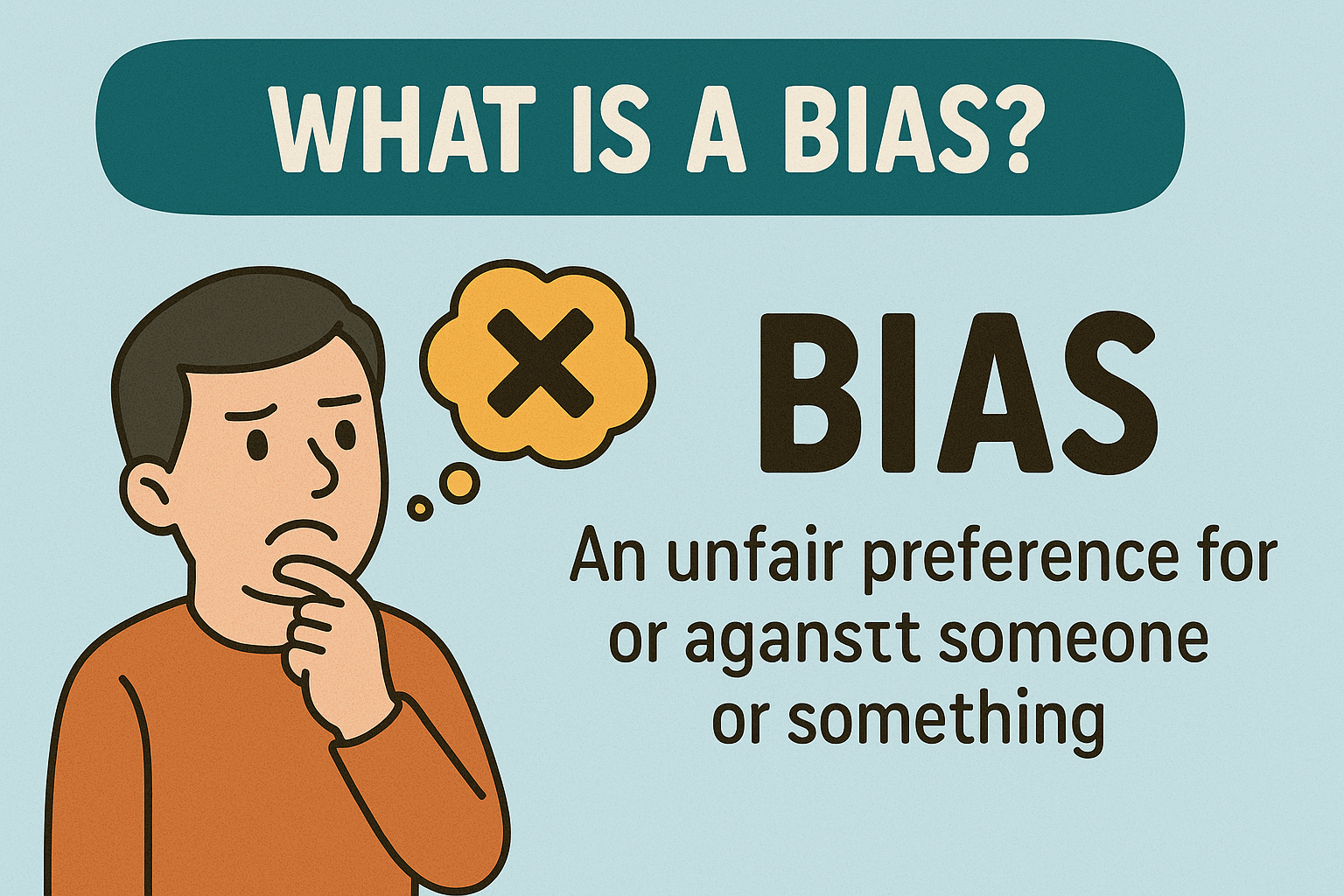
Have you ever made a decision and later realized you were influenced by something subtle—your own bias? Understanding what is a bias is crucial for tech leaders, cybersecurity professionals, IT managers, and executives alike. Bias—whether unconscious or systemic—can skew decision-making, harm diversity efforts, distort risk assessments, and blur strategic priorities.
In this guide, you’ll learn what bias is, discover high-impact types like confirmation bias and algorithmic bias, and get practical steps to reduce bias in teams and systems.
What Is a Bias?
Bias refers to a tendency to lean toward certain assumptions or actions—even when evidence suggests otherwise. It alters how we perceive information, interact with data, and form decisions.
Two Main Categories of Bias:
- Cognitive Bias: Internal mental shortcuts—like anchoring or confirmation bias—affect judgment.
- Algorithmic or Systemic Bias: Flaws in automated systems or organizational processes that lead to unfair outcomes.
Common Types of Bias
Confirmation Bias
Favoring information that confirms our existing beliefs while ignoring contrary evidence.
Anchoring Bias
Relying heavily on the first piece of information encountered when making decisions.
Availability Bias
Overestimating the importance of information that’s most readily available, like recent incidents.
Algorithmic Bias
Occurs when data or models—such as facial recognition—produce unfair results for certain demographics.
How Bias Manifests in Cybersecurity and IT
- Threat detection systems may ignore anomalies due to confirmation bias in rules.
- Incident categorization often relies on past patterns—leading to gaps in unknown attack detection.
- Automated filters or AI models may perform poorly for minority users.
These biases can leave blind spots in threat intelligence, incident response, and identity verification workflows.
Why Bias Is Dangerous in Leadership and Security
- Distorted Risk Assessment: Teams might downplay new threats that don’t fit historical models.
- Reduced Innovation: Overreliance on familiar ideas stifles creative solutions.
- Compliance Failures: Biased decisions can result in gaps in privacy or regulatory adherence.
- Inaccurate Metrics: Strategic dashboards that ignore outlier events limit situational awareness.
Strategies to Detect and Reduce Bias
✅ 1. Build Diverse Teams
Different perspectives counteract groupthink and provide broader insight.
✅ 2. Use Data-Driven Decision Frameworks
Bring in external benchmarks, red teams, or adversarial testing to validate assumptions.
✅ 3. Apply Structured Reviews
Use frameworks like Incident Post‑Mortems or Peer Audits to challenge biased decisions.
✅ 4. Train Teams on Bias Awareness
Educate employees with examples of biases—anchoring, confirmation, or sampling bias.
✅ 5. Audit Algorithms Regularly
Run fairness and equity tests on AI models used for fraud detection or risk scoring.
Real-World Example: Bias in Cyber Incident Response
A financial firm responded to a high-profile ransomware alert—only to later discover it was a false positive due to anomaly thresholds based on past attacks. Confirmation bias and reliance on historical patterns delayed detection of the real breach, which wasn’t in their dataset.
After implementing cross-functional red-team reviews and updated anomaly detection thresholds, the team significantly improved its incident response accuracy.
Benefits of Reducing Bias at Enterprise Scale
- More accurate risk detection and threat modeling
- Better strategy alignment across business units
- Improved trust and inclusivity in decision-making
- Stronger cybersecurity posture through unbiased controls
Organizations that prioritize bias reduction outperform peers in resilience, decision speed, and market adaptability.
Summary Table: Types of Bias & Their Impact
| Type of Bias | Impact in Enterprise Context | Mitigation Strategy |
| Confirmation Bias | Misses new threats or strategies | Peer reviews, diverse validation |
| Anchoring Bias | Overweights initial data or assumptions | Re-evaluate decisions over time |
| Availability Bias | Reacts only to popular or recent incidents | Data-driven sampling and trend mapping |
| Algorithmic Bias | Produces unfair or skewed automated outcomes | Fairness testing and cross auditing |
Call to Action
Ready to implement bias-aware frameworks in your organization? Let’s bring clarity to decisions while strengthening security across your systems:
👉 Request a Free Demo from Xcitium to see how trust-based AI and bias-resistant analytics support smarter threat defense.
FAQ: Frequently Asked Questions
Q1: What is cognitive bias vs algorithmic bias?
Cognitive bias is mental shortcuts in human thinking; algorithmic bias results from flawed data or model design.
Q2: Can bias affect threat detection systems?
Yes—if models are tuned only to past attack patterns, they may ignore novel threats outside those patterns.
Q3: How can executives reduce bias in decision-making?
By diversifying teams, enforcing structured review processes, and using external audits or benchmarks.
Q4: Is bias training really effective?
Yes—when combined with practical exercises and repeated feedback, training significantly reduces bias in incident response and security decisions.
Q5: What is the first step to tackle bias?
Start with an audit: analyze recent decisions, check for patterns, and gather feedback from diverse stakeholders.





